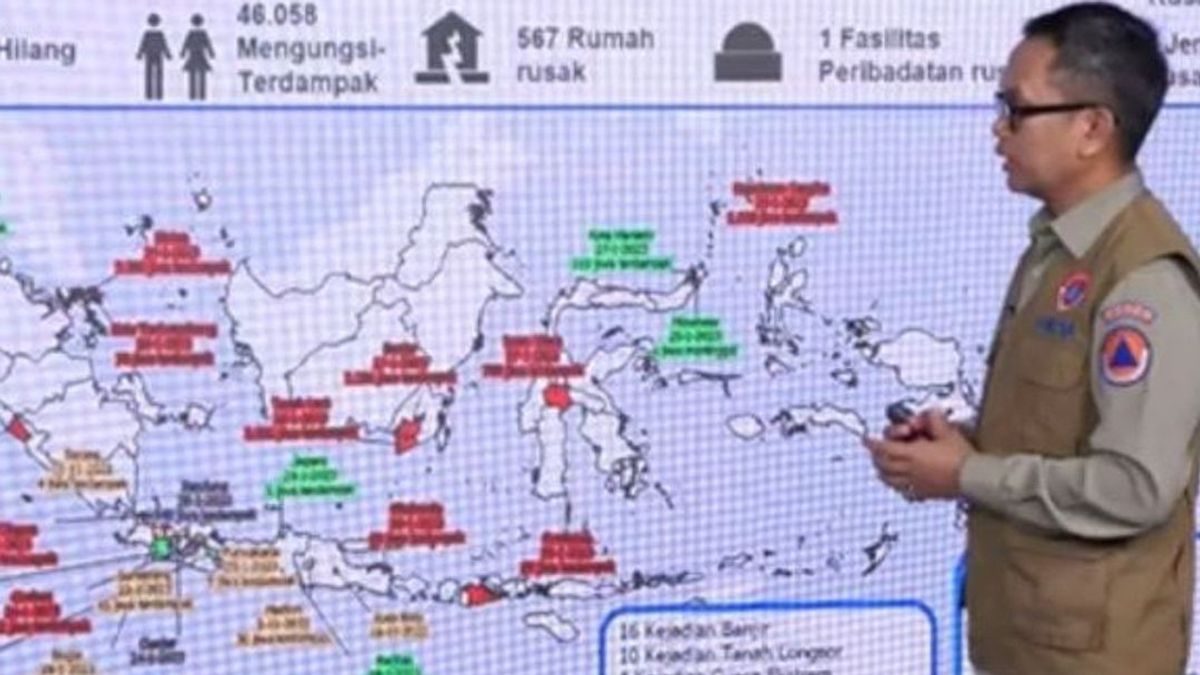YOGYAKARTA - Installation of Early Warning System (EWS) is very important for the Indonesian people, especially in areas prone to natural disasters. Early Warning System is a series of systems that function to provide information about the emergence of natural events. EWS will notify about disasters or other natural phenomena that will occur.
The application of the early warning system aims to minimize the risk of natural disasters that will occur. With this system, the community can be more prepared and alert in dealing with potential natural disasters. If an early warning is delivered on time, then the impact of natural disasters can be minimized.
Early warning of natural disasters is an activity of providing information in a language that is easily understood by the public. The application of an early warning system is very important considering that Indonesia is a country that has a fairly high risk of natural disasters, ranging from earthquakes, volcanic eruptions, tornadoes, and other disasters.
Early Warning System was raised on the basis of anticipation and preparedness to deal with disasters that can cause harm to humans. The disaster in question is not limited to geographical factors or natural events alone. But it is also related to disasters created by humans, such as war between countries, food crises, the spread of disease, and so on.
Therefore, EWS is a progress or innovation to minimize infrastructure losses, especially casualties due to disasters. Reporting from mipa.ugm.ac.id, EWS is implemented as a chain of information communication systems consisting of a collection of sensors, event detection, and a decision subsystem. The series of systems work together to predict signal disturbances that can have a detrimental impact on system stability.
In critical conditions, early warning in general is the delivery of information that is realized using a device in the form of sirens, kentongan, and others. But now the form of early warning delivery has developed with technological advances. Early warning can be delivered faster and more accurately. When information is notified more quickly, the public has a looser time to respond to it.
Early warning system or early warning aims to help people anticipate and be prepared to face disasters, so that the risks incurred can be reduced.
The ultimate goal of the early warning system is so that people can live and carry out activities safely in an area or area. This goal requires a number of supporting things so that they can be achieved optimally, including:
The purpose of the early warning system for the community:
A modern early warning of disasters is carried out by monitoring activities in the atmosphere. Observations are carried out periodically with satellites and sophisticated technology equipment. Modern early warning systems help people's preparedness for disasters more effectively.
However, modern early warning systems or EWS require a large amount of money for their application. Component costs that must be incurred start from the costs of hardware agencies, software, telecommunications networks and operations.
That's a review of what the early warning system or EWS is. Early warning system is an early warning by modern implementation of advanced technology. In order to work optimally, EWS requires support from other aspects, namely active community actions, public education facilities, and information dissemination.
Stay up to date with the latest domestic and foreign news on VOI. You present the latest and most recent nationally and internationally.
The English, Chinese, Japanese, Arabic, and French versions are automatically generated by the AI. So there may still be inaccuracies in translating, please always see Indonesian as our main language. (system supported by DigitalSiber.id)









